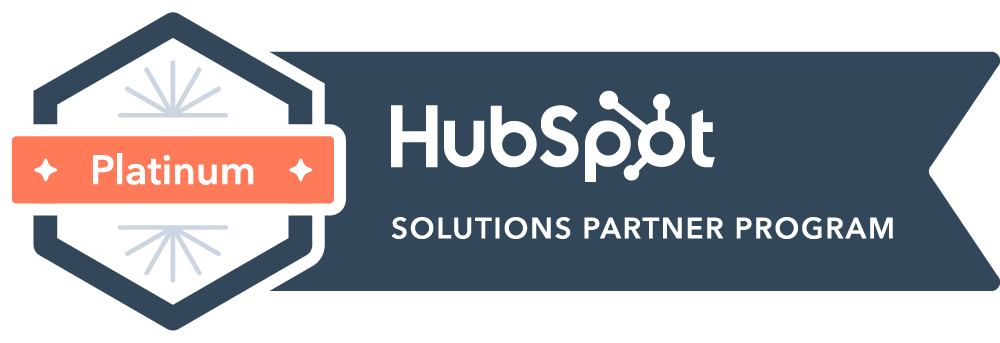

Content Writer for Whistle with multidisciplinary experience spanning over a decade.
Enterprise sales is not for the faint of heart. According to Forrester’s 2024 report, the average B2B buying decision involves 13 individuals and spans multiple departments. These complex dynamics contribute to extended sales cycles, often ranging from 6 to 12 months or longer. Such intricacies underscore the necessity for a strategic, tailored approach to engaging high-value accounts.
Enterprise sales acceleration is about more than moving fast. It’s about moving with precision. The stakes are higher, the targets fewer, and the expectations from every touchpoint: email, call, LinkedIn message, are exponentially greater. The SDRs who thrive in this environment don’t just execute more; they execute smarter, aligning their outreach with account-specific insights, multistakeholder dynamics, and the nuances of C-suite communication.
Read on as we outline tailored SDR strategies that drive enterprise sales acceleration. These approaches are built to effectively engage high-value accounts and deliver measurable growth. From integrating Account-Based Marketing to crafting executive-level messaging, these strategies move beyond the basics, offering a roadmap for sales teams ready to elevate their enterprise game.
Enterprise sales isn’t just a bigger version of SMB selling. The differences run deeper: longer sales cycles, more complex buying committees, and greater risk on both sides of the table. Enterprise deals can involve layers of stakeholders across departments, each with their own priorities, pain points, and decision criteria. A CFO’s concerns about risk and ROI won’t match a Head of Procurement’s focus on vendor consolidation, and neither will fully align with a CTO’s technical priorities. Treating these decision-makers as a monolith is a surefire way to stall deals before they even start.
Standard SDR tactics, generic outreach sequences, templated messaging, and a focus on high-volume activities, simply don’t translate to enterprise success. High-value accounts expect depth, relevance, and a level of strategic engagement that can’t be achieved through a cookie-cutter approach.
To win in enterprise sales, SDR teams need to operate more like strategic partners than transactional lead generators. This means investing in account research, aligning with marketing and sales leaders, and creating tailored touchpoints that build credibility over time. It’s a more demanding model, but it’s the only one that works at the enterprise level.
ABM is not a buzzword; it’s a framework for making sure your SDR team’s efforts are directed where they matter most. For enterprise sales, ABM is the foundation, helping SDRs prioritize the right accounts, map key stakeholders, and deliver messages that resonate with precision.
When SDRs align their outreach with ABM strategies, they move away from scattershot prospecting toward a more strategic, focused approach. This means working closely with marketing to develop account-specific campaigns, sharing intelligence across teams, and ensuring every touchpoint contributes to a unified narrative. Enterprise buyers expect coordinated communication, not disjointed outreach, and ABM is the mechanism that ensures alignment across the board.
Effective enterprise outreach starts with research: real research, not a quick LinkedIn scan. SDRs need to understand the organizational structure, key priorities, competitive pressures, and industry trends shaping each target account. Who are the decision-makers and influencers? What challenges are they trying to solve? What language do they use internally when discussing these challenges?
Building detailed buyer personas for enterprise accounts requires time and effort, but it’s the foundation for relevance. SDRs should map not just the titles but the roles, responsibilities, and motivations of each stakeholder. This level of preparation enables outreach that doesn’t just feel relevant: it is relevant.
Enterprise stakeholders don’t have time for generic outreach. If an SDR’s message looks like it was sent to 50 other people, it’s getting deleted. Personalized, value-driven messaging is the only way forward.
This means framing your outreach around the specific challenges of the target account. Referencing recent initiatives, industry shifts, or company news shows that you’ve done your homework. Articulating a clear value proposition that ties directly to their priorities, whether that’s operational efficiency, risk mitigation, or market expansion, demonstrates that you’re not just another vendor. You’re someone who understands their world.
Enterprise sales is not a single-channel game. SDRs need to engage prospects across multiple touchpoints: email, phone, LinkedIn, and, when appropriate, direct mail or event invitations. The goal is to meet stakeholders where they are, with the right message at the right time.
It’s also important to adjust communication styles based on audience preferences. A CFO might prefer a crisp, metrics-driven email, while a VP of Product might respond better to a thoughtful LinkedIn post highlighting industry trends. Knowing these nuances is what separates high-performing SDRs from the rest.
Enterprise sales is a long game. SDRs who chase quick wins without building credibility won’t last. The goal is not just to book a meeting: it’s to position yourself as a trusted resource, someone who can provide valuable insights and connect the dots between the prospect’s challenges and your solution.
This requires consistency. Following up with relevant content, offering to introduce a colleague who can provide additional expertise, or simply sharing a timely market update, all of these actions contribute to building trust over time.
Enterprise sales success is a team effort. SDRs must operate in lockstep with sales executives and marketing teams, sharing insights and feedback that inform the broader strategy. Regular check-ins, collaborative account reviews, and a willingness to adjust tactics based on new information are essential.
This level of alignment ensures that messaging remains consistent, that high-value accounts are receiving the right level of attention, and that no insights are lost in translation between teams. It’s about creating a seamless experience for the buyer, and it starts with internal collaboration.
C-level executives are not just another name on a contact list. They require a different level of outreach: one that respects their time and priorities while speaking to the strategic impact of your solution.
SDRs must tailor their messaging for executive audiences, focusing on high-level outcomes rather than technical details. It’s about connecting the dots between your product and their organizational goals. A well-timed, thoughtful message to a CEO or CFO can open doors that templated emails to mid-level managers simply can’t.
Enterprise sales is a long game, and measuring success requires more than counting booked meetings. Metrics like initial meeting quality, stakeholder engagement, and pipeline value are far more indicative of long-term impact.
SDRs should also track leading indicators: Are they building relationships with the right stakeholders? Are they increasing account penetration by engaging multiple decision-makers? Is the outreach moving the deal forward, even if a contract isn’t signed this quarter?
By focusing on these strategic metrics, SDR teams can demonstrate real progress toward enterprise sales goals, and adjust course when necessary.
Enterprise sales acceleration demands precision, relevance, and a commitment to creating value for decision-makers. For SDRs working with high-value accounts, the stakes are higher, the timelines are longer, and the margin for error is smaller. But with the right strategy, the right focus, and the right team, success is within reach.
At Whistle, we know the complexities of enterprise sales because we’ve built strategies that navigate them. Our approach is measured, intentional, and focused on the results that matter. If you’re ready to engage the accounts that will define your future, we’re here to help you make it happen.


© Copyright – Whistle 2023